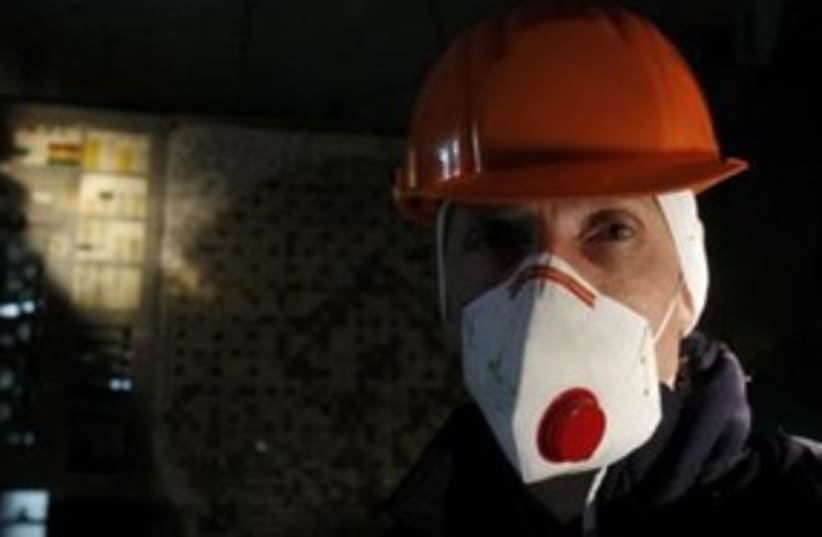RELATED:Explosion, radiation leakage rock Japan nuclear plantMore than 1700 likely dead in Japan quake, tsunamiBut experts said pictures of mist above the plant suggested only small amounts of radiation had been expelled as part of measures to ensure its stability, far from the radioactive clouds that Chernobyl spewed out when it exploded in 1986."The explosion at No. 1 generating set of the Fukushima nuclear plant in Japan, which took place today, will not be a repetition of the Chernobyl nuclear disaster," said Valeriy Hlyhalo, deputy director of the Chernobyl nuclear safety centre.He was quoted by Interfax news agency as saying Japanese reactors were better protected than Chernobyl, where just over 30 firefighters were killed in the explosion. The world's worst civilian nuclear disaster, Chernobyl has also been blamed for thousands of deaths due to radiation-linked illness."Apart from that, these reactors are designed to work at a high seismicity zone, although what has happened is beyond the impact the plants were designed to withstand," Hlyhalo said."Therefore, the consequences should not be as serious as after the Chernobyl nuclear disaster."
CORE INTACTJapanese officials said on Saturday that the nuclear reactor's core was intact, and that sea water would be poured into the leaking reactor to cool it down and reduce pressure in the unit -- a statement that should calm any fears.Experts said it was crucial to make sure the steel reactor container had not been shattered in the explosion or in the earthquake."If the pressure vessel, which is the thing that actually holds all the nuclear fuel ... if that was to explode -- that's basically what happened at Chernobyl -- you get an enormous release of radioactive material," said Prof. Paddy Regan, nuclear physicist from Britain's Surrey University."It doesn't look from the television pictures ... as though it's the vessel itself."Television footage showed an explosion in a large building in the area of the number one reactor at the Daiichi nuclear facility. Grey smoke billowed from the site and later, a building was shown without its exterior walls.Robert Grimes, professor of materials physics at Imperial College London, said earlier it had seemed that back-up generators had failed and had allowed pressure to build up."It does seem as if the back-up generators although they started initially to work, then failed," Grimes told BBC television, adding that the explosion was probably the large release of that pressure."If it's that, then we're not in such bad circumstances ... Despite the damage to the outer structure, as long as that steel inner vessel remains intact, then the vast majority of the radiation will be contained.Most experts said the relatively slight damage to the reactor was testimony to the improved security of nuclear power, something that has convinced more governments to adopt the technology in recent years despite environmentalists' concerns."We must remember that there are 55 reactors in Japan and this was a huge earthquake, and as a test of the resilience and robustness of nuclear plants it seems they have withstood the effects very well," Regan said.
